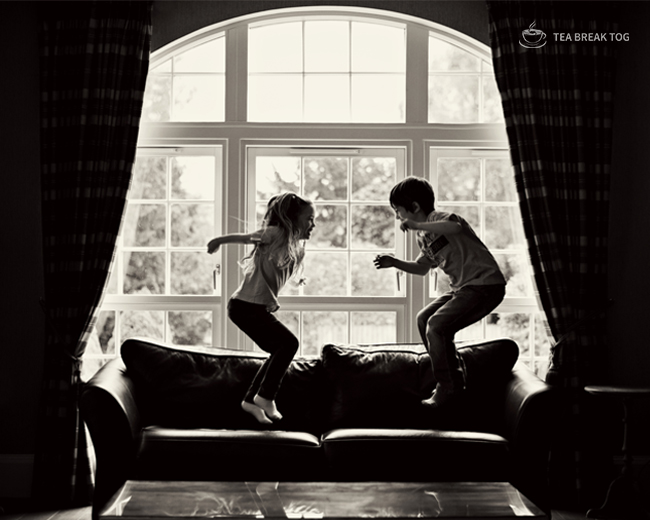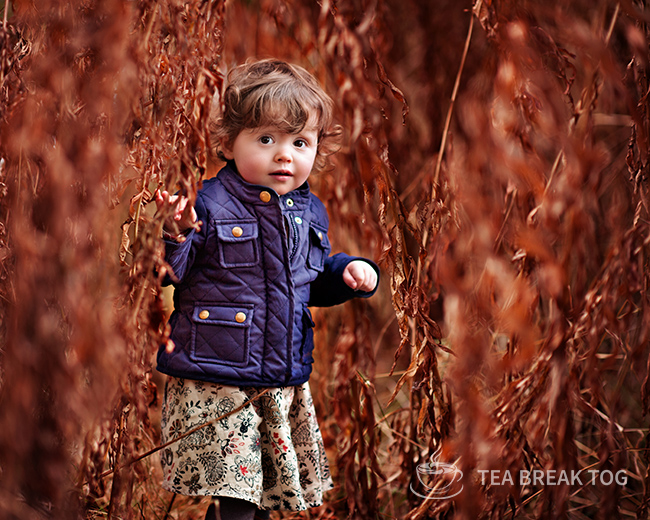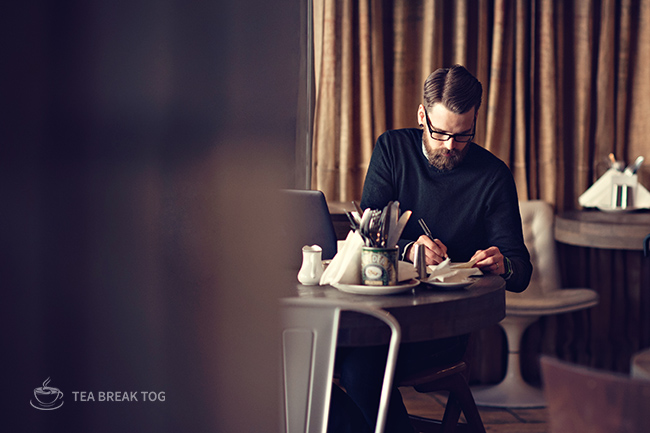Composition in Photography (and why you should take it seriously)
In this episode I am talking about composition. What does it mean in the photography world and why should you care about it? This is a podcast but I know some of you prefer to read – so you can do that too (how’s that for service?) 
This is the first in a series of episodes on composition. They are not going to be broadcast one after the other. I will break them up with other topics for the sake of variety but when complete they will make a nice reference collection for you to use.
What does composition mean?
It makes sense to start with what composition actually means when it comes to photography. Well, put simply, it is the placement or arrangement of visual components in your scene.
Before you press that shutter button you should always ask yourself;
Where is everything in this scene going to be placed so that, overall, it pleases the eye?
But how do you know what pleases the eye? I mean, photography is subjective, right? What pleases one person might not please another. Of course that is the case.
However, there are some guidelines around composition that you just can’t ignore. The reason you can’t ignore them is because they have been born from research. Research that has proven time and time again that;
There are indeed some ways of composing an image that are far more pleasing to the eye than others.
Good composition invites the viewer to linger
Good composition encourages the viewer to stay and look around your image. They look for longer, allowing their eyes to roam around the whole thing, taking it all in.
And that is what we all want! Let’s face it, if most people viewing your image just cast a fleeting glance over your lovingly created image before moving on to the next one then you know that photograph is not a success. You have failed to ignite the interest of the onlooker.
Composition guidelines exist to help you with this. Notice I am calling them composition guidelines and not rules. There are no rules in photography. That just doesn’t fit with creativity at all does it? ‘Guidelines’ is a much more appropriate word to use.
I have talked a lot on the podcast about exposure and if you are a regular listener you will know that I encourage all learners to master manual exposure as soon as possible. It is the one thing that will make your whole photography journey easier and lots more fun.
However, good exposure means very little if your composition is poor. No one is going to look at a very poorly composed image and say, ‘but look at the exposure – isn’t it perfect?’ The reason they will not do that is because they won’t stay around long enough to even consider the exposure!
They’re gone. You’ve lost them.
Composition and subject matter is what draws us in as viewers. You just have a think about the last ten images you have spent considerable time looking at. What attracted you to them in the first instance? Often we are not conscious of this. It’s a semi-conscious thing isn’t it? But guaranteed, nine times out of ten you were drawn to an image by it’s subject and/or composition.
In fact, viewers will forgive some exposure errors in a brilliantly composed image with a compelling subject. They are less likely to forgive poor composition in perfectly exposed image.
An ‘eye’ for Composition
Some true creative types are just born with an eye for composition and an eye for detail. They have grown up observing the world around them and the pleasing way certain things are placed in relation to others. When it comes to photography or art or design they naturally experiment with different arrangements and seem to just have an affinity with what looks ‘right’.
I am definitely not that person. I don’t have a natural eye for composition and I tend to play it quite safe. However, that’s not to say that my eye for composition hasn’t improved over the years. It has.
I don’t buy into this philosophy that you either have an ‘eye’ for composition or you don’t.
Yes, some get a head start because they have natural, creative ability in this area. But the rest of us can educate and train ourselves in the art of composition, developing and refining our eye for this until we are truly skilled.
It might take us longer but we will get there with practice.
This is where these composition guidelines and tips come in. It is important to study them and practice them as much as possible. When you do that you will start seeing them everywhere. You will have so many ideas you won’t even know where to start!
Also, studying them and practicing them will lead you to an understanding of when to just ignore them and ‘break the rules’.
Developing a Style
Practicing and experimenting with composition often leads you to your ‘style’. This is bandied about a lot in the photography world – this concept of having your own style. I absolutely believe that finding a style is important. It differentiates you, it makes you recognizable and it allows you to express who you are as a creative. However, I also believe that this style doesn’t have to define you. You can break out of it whenever you like. You can also let it evolve into something completely different.
But what you will notice when you start to really ‘look’ is that most photographers with a very distinctive style favour certain ways of composing an image and you will see that appearing in their photography time and again.
Keep an Inspiration Folder
If you don’t do this already then I recommend you start this today. Start saving images you love in one place. A great place to do this easily and quickly is on Pinterest. But if pinterest doesn’t float your boat you can use evernote or dropbox or just pop them in a folder on your computer.
When you collect images like this you can look to them for inspiration before or during shooting and you will start to notice the elements of composition being used and which you seem most drawn to.
Just be very careful. Make sure you respect the copyright of all images. Keep them for inspiration only or, if you do decide to share them somewhere, always credit and link to the photographer who created the image. I can’t stress how important this is.
Improving your Composition using Guidelines and Tips
There are so many different ways of successfully composing an image. The most effective have, over the years, been recognized and named. These guidelines and tips have been hugely beneficial to me on my journey and I suspect will continue to be for the rest of it. I would be doing you a disservice to just list them. I think they have to be dealt with one or two at a time and that is what I am going to do throughout this series.
Starting next time with two important players in the world of composition. The ‘rule of thirds’ and the ‘golden ratio’. Using either of these alone will improve your photography immediately. I hope you will join me on Friday for that.
As always, I would love to hear from you! Leave me a comment below with your thoughts or questions on composition. I will reply to each and every one.
The post Composition in Photography (and why you should take it seriously) – Ep.24 appeared first on Tea Break Tog.
From The Podcast
Tea Break Tog Photography Podcast
Do you want to improve your photography but are turned off by all the jargon, tech and science? Do you struggle to find the time to develop your skills?My name is Julie Christie and I host the Tea Break Tog photography podcast. My show aims to deliver straight-forward photography lessons, tips and chat to you every week. Episodes are short and focused meaning this is learning that will fit easily around your busy schedule. Let me help you to take control of that camera and capture stunning images!For more information visit www.teabreaktog.com. To get in touch simply click the contact tab on the website or tweet me @TeaBreakTog!Join Podchaser to...
- Rate podcasts and episodes
- Follow podcasts and creators
- Create podcast and episode lists
- & much more
Episode Tags
Claim and edit this page to your liking.
Unlock more with Podchaser Pro
- Audience Insights
- Contact Information
- Demographics
- Charts
- Sponsor History
- and More!

- Account
- Register
- Log In
- Find Friends
- Resources
- Help Center
- Blog
- API
Podchaser is the ultimate destination for podcast data, search, and discovery. Learn More
- © 2024 Podchaser, Inc.
- Privacy Policy
- Terms of Service
- Contact Us






